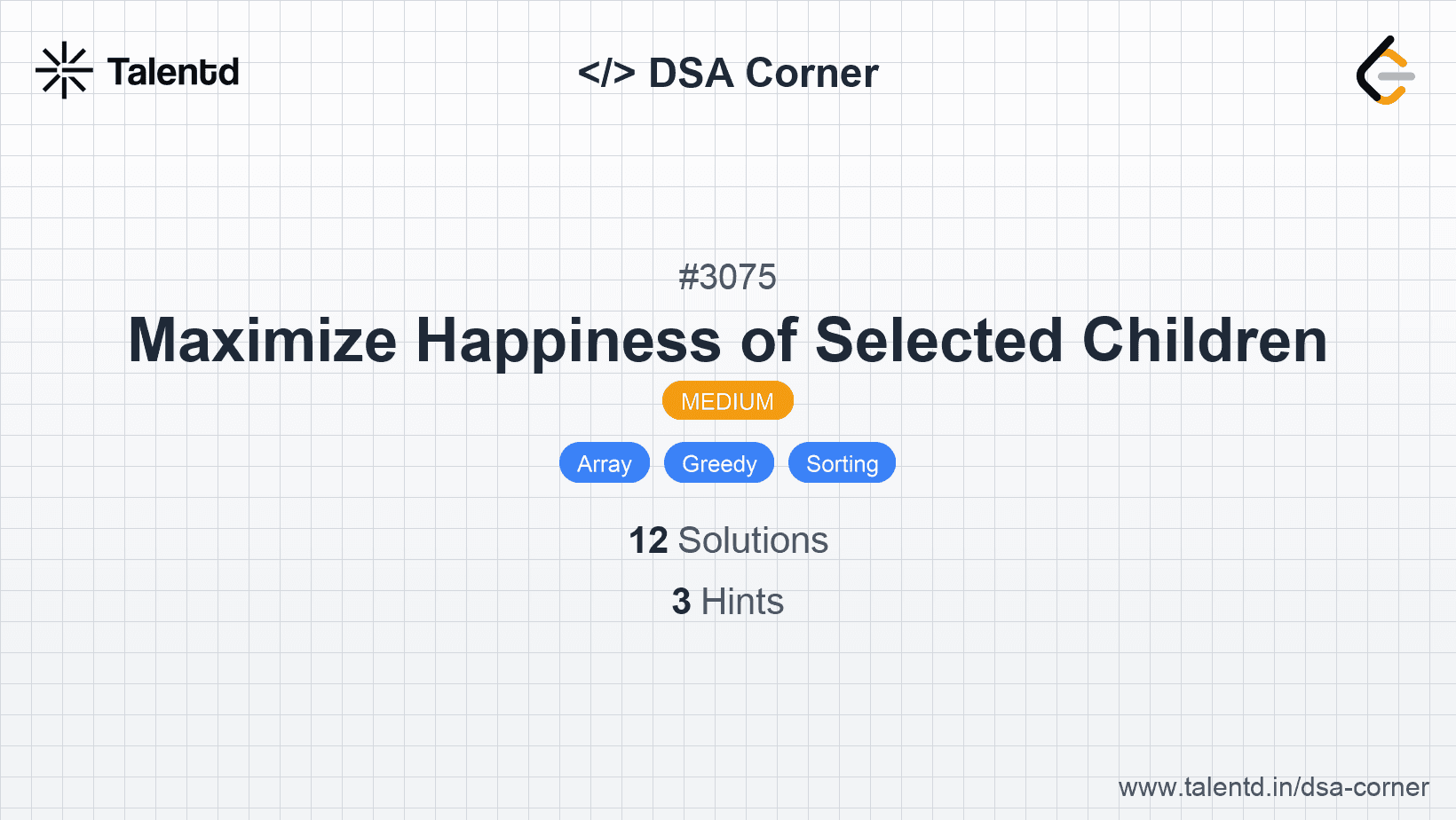
Sponsored
Sponsored
This approach involves sorting the input data first and then finding the solution by traversing through the sorted data. This approach is generally straightforward and often leads to a solution by leveraging sorted order, which simplifies many problems, such as finding pairs or detecting duplicates.
Time Complexity: O(n log n) due to sorting.
Space Complexity: O(1) or O(n), depending on the usage of additional data structures.
1#include <stdio.h>
2#include <stdlib.h>
3
4int compare(const void *a, const void *b) {
5 return (*(int*)a - *(int*)b);
6}
7
8void solve(int* arr, int n) {
9 qsort(arr, n, sizeof(int), compare);
10 // Perform operations on sorted arr
11 for(int i = 0; i < n; i++) {
12 printf("%d ", arr[i]);
13 }
14 printf("\n");
15}This C program sorts the input array using the C standard library's qsort function and prints the sorted elements. You can replace the print operation with the logic required for your problem, like finding pairs or specific elements.
This approach leverages a hash map to efficiently solve problems requiring quick lookups or to detect duplicates. This method is optimal for problems where you need to count occurrences or require O(1) average-time complexity for lookups.
Time Complexity: O(n)
Space Complexity: O(n) for the hash map.
1This JavaScript solution uses a Map to store and count occurrences of each array element, providing an easy way to display frequency or duplicates.